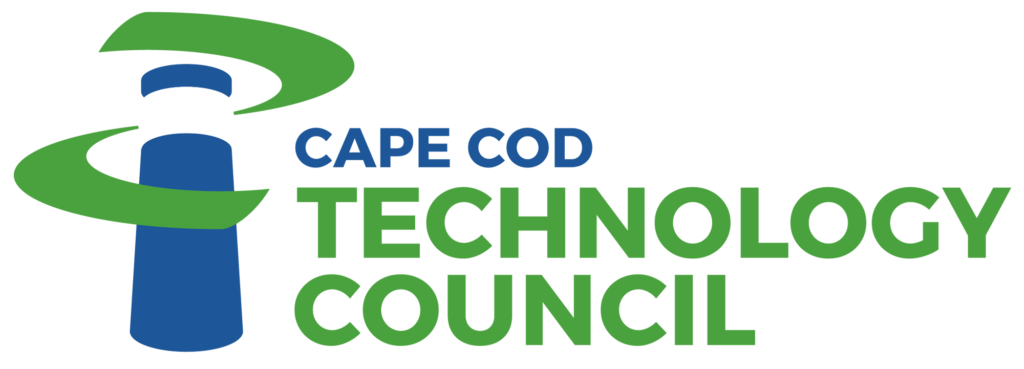John Landry has been addressing the Cape Cod Tech Council for so long, he’s come to think of us as “Easter with the inlaws.”
Looking through his addresses from previous years, John realized that for the most part things haven’t really changed that much. But how things are being used has changed dramatically, and it all starts with speed. We have faster, better and cheaper networks, increased storage, and programmable web, all of which form the foundation for the changes we’re seeing. The strategy of meeting customers where they are (hint: they are everywhere) is made possible by this foundation.
A few years ago a business T1 was $1500 a month. Now, John gets 300mbps at his home in Wayland for a percentage of that. “And I live with cows, pigs and chickens,” he added. He uses US Internet, which he says is only available in certain places, but provides “bandwidth you can’t believe.”
Technology has also redefined the cloud, so now we have the hybrid cloud, which includes your house. What you can store has doubled every two years. Today you can fit the equivalent of 220 million books in a cartridge you can hold in your hand. Game changing stories are being enabled by this technology. For just over $400 you can get a terabyte solid state drive (SSD), and own the space rather than renting it on the cloud.
Furthermore, our files are spread all over the cloud. “Programmable web” means you don’t write code like you used to. Now you use other people’s systems, and augment your program by using their program. It’s the world’s code that you have access to. Growth in web APIs since 2005 is exponential. You assemble your system out of what’s available, thanks to new, fast networks.
“I don’t store big data on my machine,” John said. “I use an API to access big data on someone else’s machine.” He says a distributed cloud is where we’re heading, like SETI.
What does John suggest we do in this environment, with these resources? Build mobile apps, since mobile internet users now exceed desktop internet users – a number that changed last year.
“Mobile has become addictive,” John said. “We almost can’t be without it. The behavioral change in a short period of time is unbelievable. You’re now spending more time on your mobile device than you are watching television. The average person checks their mobile device 219 times a day. And that’s not including usage.”
Since moving to mobile, we’ve stopped using our browsers and have changed to apps – which brings us to the asymmetric business model.
In an asymmetric business you lose money in one area of your business in order to make money in another area. A simple example of an asymmetric business model is Apple. Apple is a device company, but they developed another business that started with music. You can get cheap things, but those cheap things require that you get the device.
There are over a million apps on the iPhone, and that content sells more devices. Amazon does the opposite by selling retail, with a giveaway device (Kindle Fire). They lose in one area to drive their core business in another area – a product that is consumed together with another product. The strategy is for your free product to put the competition out of business. (Don’t be in one of those complementary businesses that’s being given away; it’s very hard to compete against.)
John also talked about how broadcasting no longer needs the big players to deliver content (thanks to net neutrality) and how Tesla is becoming a battery company with clients that are cars. He also wondered aloud about why Google bought Boston Dynamics.
There will be continual disruption of the legacy business model. How do we exploit what is going on? Aggregate the technologies to get people’s attention, using tools that exist and are easy to share, while building on the habits that people have.
To go to where the customer is, mobile apps need to be really mobile, with location, movement, microphone, camera, tilt, etc. For example, a shoe store in Guatemala created an app that has people literally running away from the competition.
Go where your customers are (in this case, in your competitors store).
That’s the (half) year ahead, according to John Landry. We can’t wait to hear what’s next, and if he ever succumbed to an Apple Watch.
John Landry is a 30+ year software veteran and innovator who has built great software products and great software companies. Landry has had a distinguished track record as an innovative “Serial CTO”, successfully creating and executing a business-aware technology vision at several major software companies. His CTO career has evolved from developing batch mainframe application systems, to AI-based expert systems, to large-scale database systems and development tools, to PC applications, to client-server email and groupware systems, to interactive Internet systems, to creating IBM’s cross-corporation Internet strategy and most recently mobile and distributed systems.
